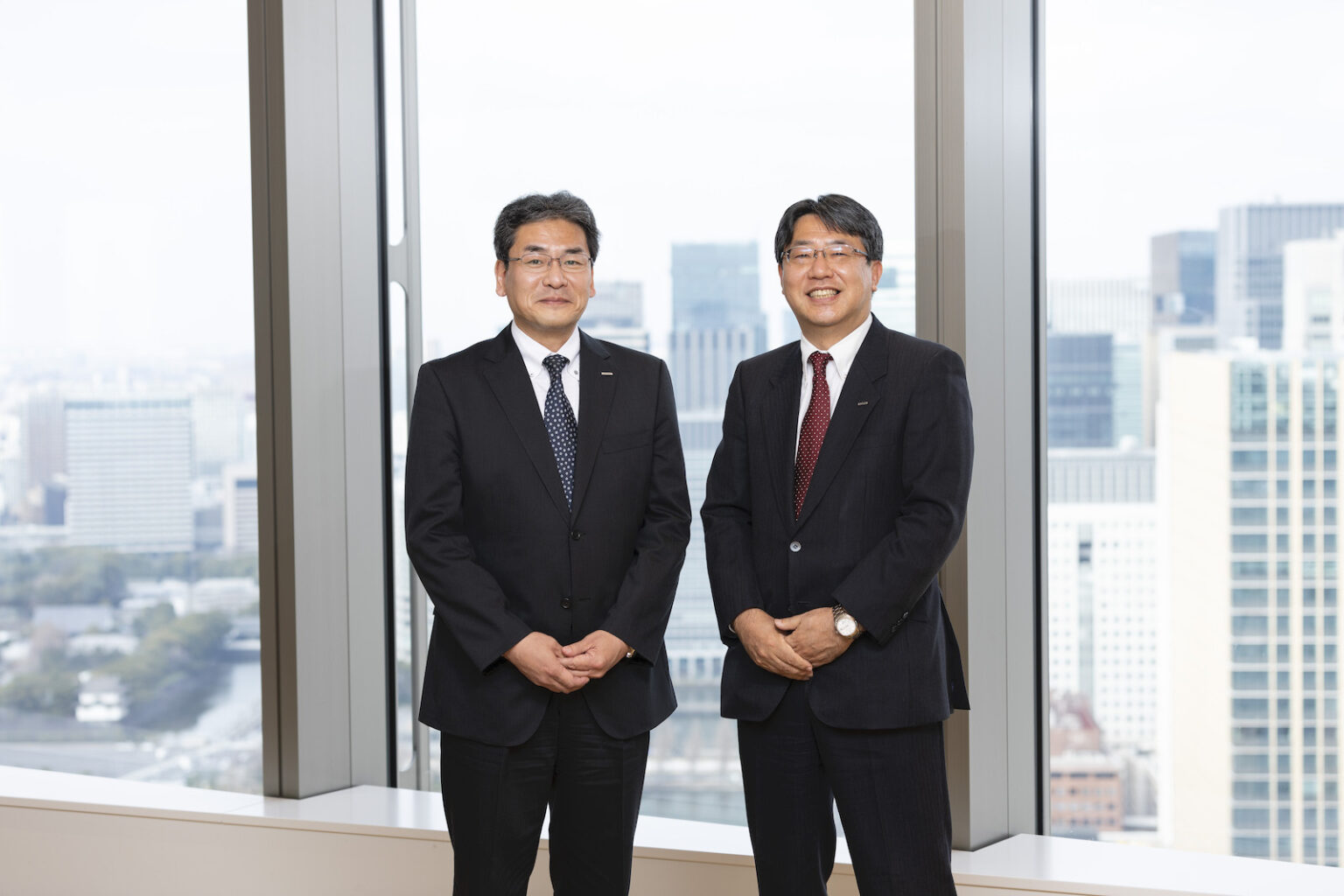Interviews

NEW SERVICE!
CAE ServicesFor inquiries regarding SDS and various chemical substance investigations, please make your request through your purchasing route, such as via a trading company.
We appreciate your understanding and cooperation.
Going the Distance
2021.10.12

Interviews
Weight reduction and thermal management to extend the driving range of electric vehicles
-Case: High performance plastics with SunForce™ foam beads and flame-retardant Xyron™
Recently, the shift to electric vehicles (EVs) in the global automotive industry is accelerating due to tightening regulations, ESG investments, and the global COVID-19 pandemic. However, to make EVs adopted on a global scale, automakers must further extend their driving range by improving mileage (reducing electricity costs) and durability. To achieve this, carmakers intend to use more plastics materials and Asahi Kasei is here to lend a hand with an extensive lineup of versatile engineering plastics. Though, how can plastics actually contribute to improving a vehicle’s driving range? We will talk with Katsuo Anzai and Shintaro Oike from the Performance Products SBU about the status quo and the future of EVs.

Please feel free to contact us with any questions about our products or technologies or to request samples.
We will introduce Asahi Kasei 's engineering plastic products and technologies in more detail.
We regularly deliver product and industry information to help you gather information.